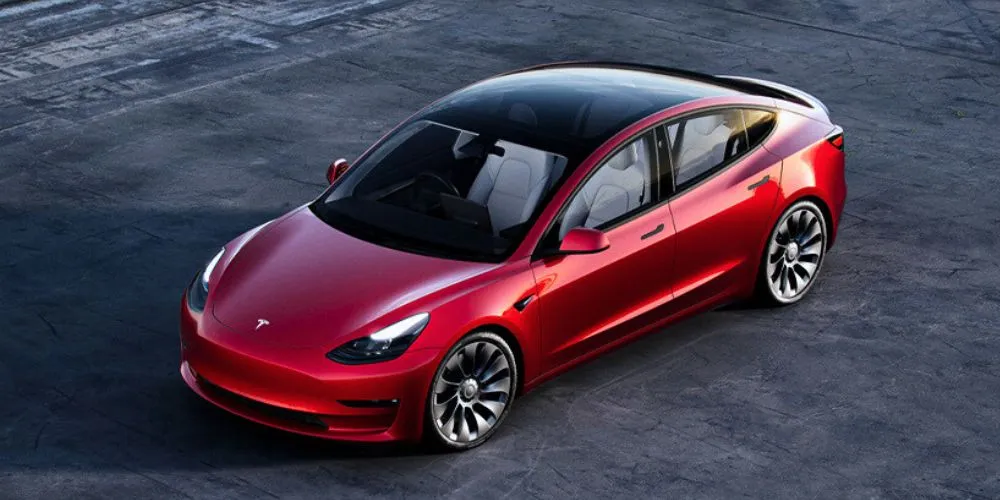Key Points
- Tesla’s cheapest vehicle starts at $42,490, with the average price of 2024 models exceeding $63,000.
- Tesla plans to start producing more affordable EV models in the first half of 2025, combining its current and next-gen platforms.
- The company reported a record-low COGS per vehicle of $35,100, indicating progress toward making EVs more affordable.
- While production is set to begin in 2025, there is no clear timeline for when these affordable models will be available to consumers.
Tesla is gearing up to tackle one of its biggest challenges: the high cost of its electric vehicles (EVs). Currently, the most affordable Tesla model starts at $42,490 before subsidies, with the average starting price for its 2024 models hovering around $63,000, according to Kelley Blue Book. However, in its latest third-quarter disclosure, Tesla hinted at plans to introduce new, more affordable models starting production in the first half of 2025.
Tesla’s third-quarter report reveals that the cost of goods sold (COGS) per vehicle has dropped to an all-time low of $35,100. Reducing production costs is a promising step toward making EVs more accessible to a broader audience. The company stated that these upcoming affordable models will incorporate elements from its next-generation and current platforms. Moreover, Tesla plans to manufacture these new vehicles on the same production lines as its existing lineup, potentially simplifying and speeding up the production process.
While the exact timing for releasing these budget-friendly models remains uncertain, Tesla’s wording suggests that production will begin in the first half of 2025. However, there’s no guarantee that the models will be available to consumers that same year.
Despite some setbacks, including the fifth recall of its long-awaited Cybertruck and a federal investigation into its Full Self-Driving (FSD) feature, Tesla’s financial performance in the third quarter remained strong. The company posted an 8 percent increase in net income, reaching $2.51 billion, and a 2 percent rise in sales compared to the previous year. These positive figures mark the end of a four-quarter streak where Tesla failed to meet its earnings targets.
Tesla’s ability to reduce production costs while maintaining profitability signals that the company is on track to deliver its promise of affordable EV models. As the automotive industry shifts towards electric, Tesla’s plans could help bridge the gap between high-end EVs and the mass market, making electric transportation more attainable for consumers.












